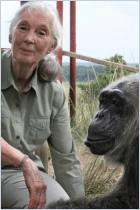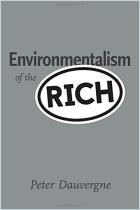
Book
Visionary Women
How Rachel Carson, Jane Jacobs, Jane Goodall, and Alice Waters Changed Our World
Recommendation
Four women in separate fields – marine biologist Rachel Carson, journalist Jane Jacobs, conservationist Jane Goodall and chef Alice Waters – came to similar views about the natural world’s contribution to healthy and happy humans. Their ideas were radical in their day, but have become mainstream. Biographer Andrea Barnet presents these women, the experiences that shaped their ideas and their culture-shifting philosophies in one evocative volume.
Summary
About the Author
Andrea Barnet also wrote All-Night Party: The Women of Bohemian Greenwich Village and Harlem, 1913–1930. She was a finalist for the prestigious PEN/Bograd Weld Prize for Biography.
Learners who read this summary also read
Book
Book



















Comment on this summary or 开始讨论